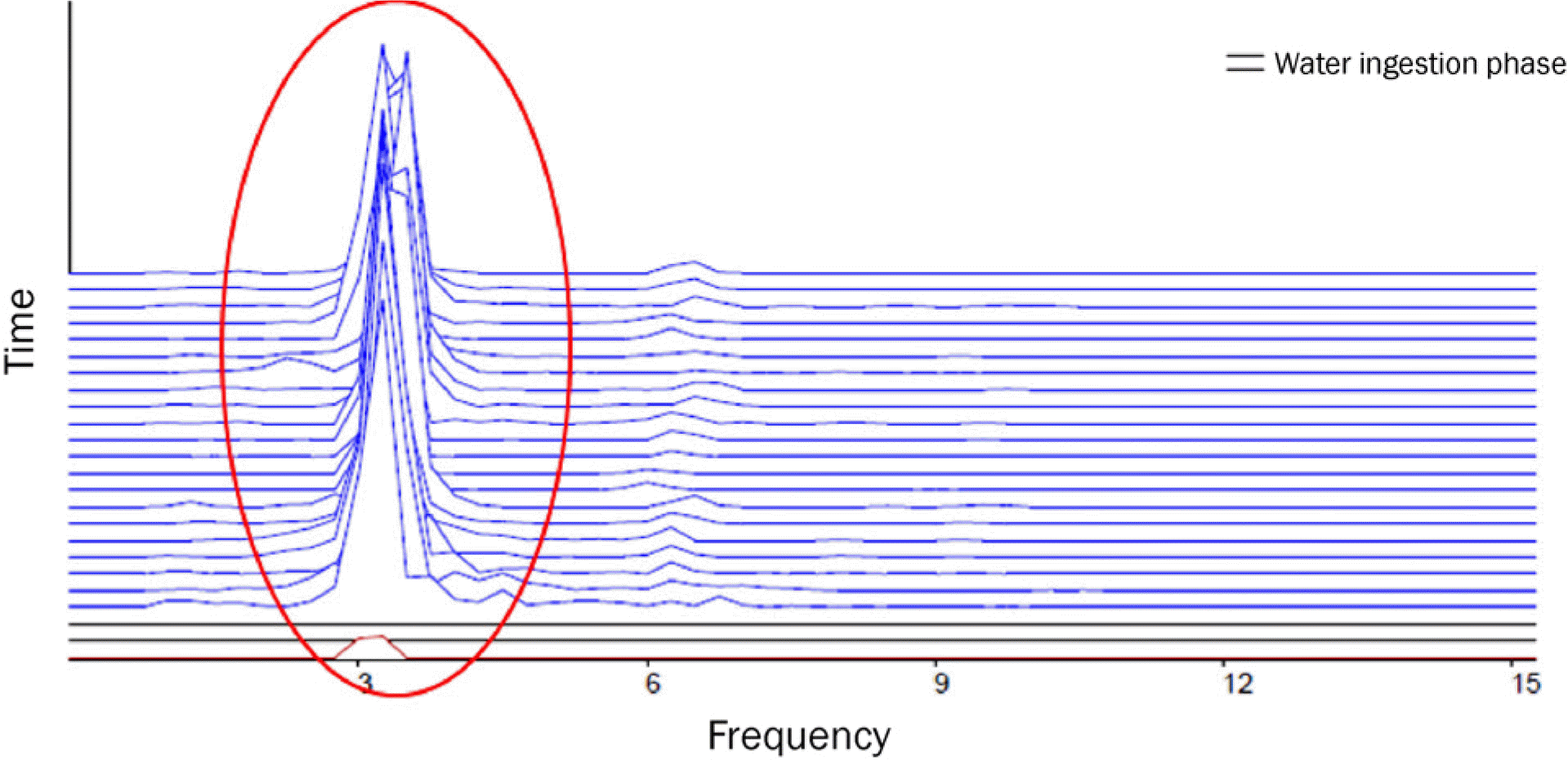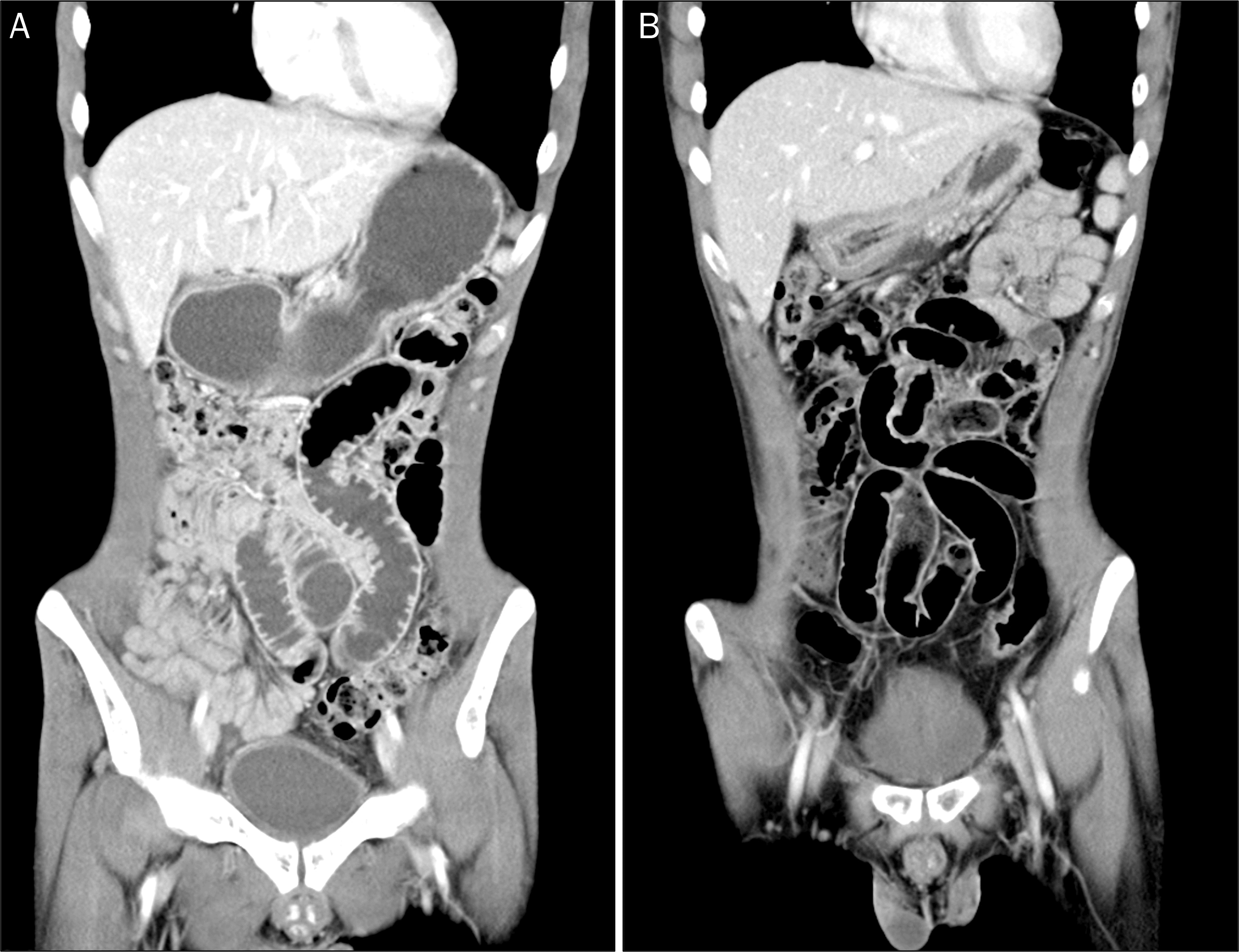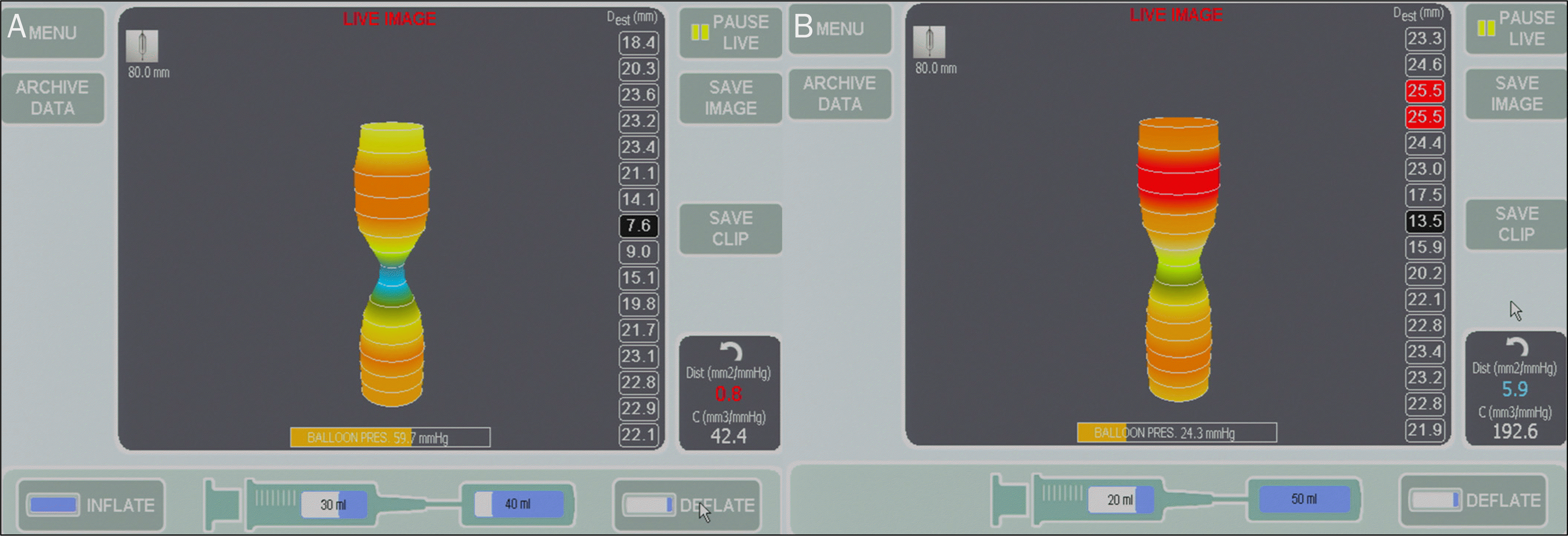References
1. Brzana RJ, Koch KL, Bingaman S. Gastric myoelectrical activity in patients with gastric outlet obstruction and idiopathic gastroparesis. Am J Gastroenterol. 1998; 93:1803–1809.

2. Revicki DA, Rentz AM, Dubois D, et al. Gastroparesis cardinal symptom index (GCSI): development and validation of a patient reported assessment of severity of gastroparesis symptoms. Qual Life Res. 2004; 13:833–844.

3. Revicki DA, Camilleri M, Kuo B, Szarka LA, McCormack J, Parkman HP. Evaluating symptom outcomes in gastroparesis clinical trials: validity and responsiveness of the gastroparesis cardinal symptom index-daily diary (GCSI-DD). Neurogastroenterol Motil. 2012; 24:456–463. e215-e216.

4. Revicki DA, Rentz AM, Dubois D, et al. Development and validation of a patient-assessed gastroparesis symptom severity measure: the gastroparesis cardinal symptom index. Aliment Pharmacol Ther. 2003; 18:141–150.

5. Pasricha PJ, Parkman HP. Gastroparesis: definitions and diagnosis. Gastroenterol Clin North Am. 2015; 44:1–7.
6. Park MI, Camilleri M. Gastroparesis: clinical update. Am J Gastroenterol. 2006; 101:1129–1139.
7. Hasler WL. Gastroparesis: pathogenesis, diagnosis and management. Nat Rev Gastroenterol Hepatol. 2011; 8:438–453.

8. Parkman HP, Pasricha PJ. Improving our understanding of gastroparesis. Gastroenterol Clin North Am. 2015; 44:xv–xvi.

9. Hasler WL. Symptomatic management for gastroparesis: antie-metics, analgesics, and symptom modulators. Gastroenterol Clin North Am. 2015; 44:113–126.
10. Camilleri M, Parkman HP, Shafi MA, Abell TL, Gerson L. American College of Gastroenterology. Clinical guideline: management of gastroparesis. Am J Gastroenterol. 2013; 108:18–37. quiz 38.

11. Tack J, Vanormelingen C. Management of gastroparesis: beyond basics. Curr Treat Options Gastroenterol. 2014; 12:468–477.

12. Jung Y, Lee J, Gromski MA, et al. Assessment of the length of myotomy in peroral endoscopic pyloromyotomy (G-POEM) using a submucosal tunnel technique (video). Surg Endosc. 2015; 29:2377–2384.

13. Mekaroonkamol P, Li LY, Dacha S, et al. Gastric peroral endoscopic pyloromyotomy (G-POEM) as a salvage therapy for refractory gastroparesis: a case series of different subtypes. Neurogastroenterol Motil. 2016; 28:1272–1277.

14. Khashab MA, Ngamruengphong S, Carr-Locke D, et al. Gastric peroral endoscopic myotomy for refractory gastroparesis: results from the first multicenter study on endoscopic pyloromyotomy (with video). Gastrointest Endosc. 2017; 85:123–128.

15. Gonzalez JM, Lestelle V, Benezech A, et al. Gastric peroral endoscopic myotomy with antropyloromyotomy in the treatment of refractory gastroparesis: clinical experience with follow-up and scintigraphic evaluation (with video). Gastrointest Endosc. 2017; 85:132–139.

16. Hirano I, Pandolfino JE, Boeckxstaens GE. Functional lumen imaging probe for the management of esophageal disorders: expert review from the clinical practice updates committee of the AGA institute. Clin Gastroenterol Hepatol. 2017; 15:325–334.

17. Snape WJ, Lin MS, Agarwal N, Shaw RE. Evaluation of the pylorus with concurrent intraluminal pressure and EndoFLIP in patients with nausea and vomiting. Neurogastroenterol Motil. 2016; 28:758–764.

18. Tursi A, Rella G, Inchingolo CD, Maiorano M. Gastric outlet obstruction due to gastroduodenal eosinophilic gastroenteritis. Endoscopy. 2007; 39(Suppl 1):E184.

19. Lombardi C, Salmi A, Passalacqua G. An adult case of eosinophilic pyloric stenosis maintained on remission with oral budesonide. Eur Ann Allergy Clin Immunol. 2011; 43:29–30.
20. Leal R, Fayad L, Vieira D, et al. Unusual presentations of eosinophilic gastroenteritis: two case reports. Turk J Gastroenterol. 2014; 25:323–329.

21. Bachmeyer C, Ammouri W, Ravet N, et al. Pyloric stenosis in an adult with eosinophilic gastroenteritis. Rev Med Interne. 2006; 27:430–431.
Go to : 
 | Fig. 1.Upper gastrointestinal series shows a definite delayed barium passage at the pyloric ring (A, B). After gastric peroral endoscopic pyloromyotomy (G-POEM), improved barium passage at the pyloric ring was noted (C, D). |
 | Fig. 2.Electrogastrophy (EGG) shows high amplitude and excessively regular 3-cycles-per-minute patterns (red circle), which are the representative findings of gastric outlet obstruction on EGG. |
 | Fig. 3.Initial computed tomography (CT) scan showed a diffusely dilated stomach and proximal small bowel (A). Follow-up CT scan showed an improved state of dilated stomach (B). |
 | Fig. 4.The endolumenal functional lumen imaging probe (EndoFLIP) showed moderately thickened pyloric muscles, of up to 0.8 mm2/mmHg of decreased distensibility along the pylorus (A). After gastric peroral endoscopic pyloromyotomy (G-POEM), EndoFLIP showed improved distensibility along the pylorus, of up to 5.9 mm2/mmHg (B). |
 | Fig. 5.Gastric peroral endoscopic pyloromyotomy (G-POEM) of the pyloric ring. Very tight pyloric ring was noted before G-POEM (A). Submucosal injection and muscle myotomy along the prepyloric antrum and pylorus (thin red arrows) until duodenal bulb (thick red arrow) were performed (B). Frozen biopsy (thin red arrow and dotted lines) was performed during G-POEM (C). After procedure, about 6 cm sized muscular myotomy was done (D). It was closed with hemoclipping (E). After G-POEM, a relatively widely open pyloric ring was noted (F). |




 PDF
PDF ePub
ePub Citation
Citation Print
Print


 XML Download
XML Download